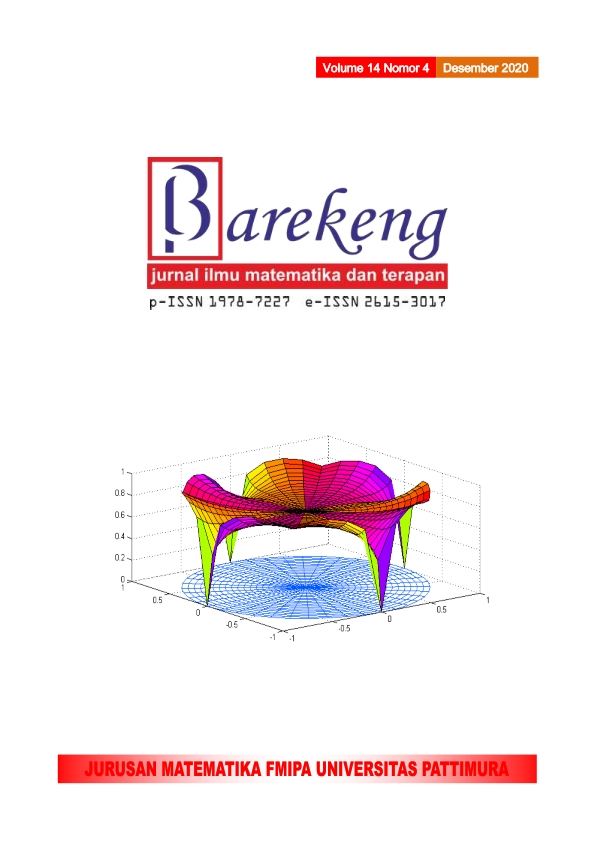PENERAPAN MODEL ARIMA UNTUK PERAMALAN JUMLAH KLAIM PROGRAM JAMINAN HARI TUA PADA BPJS KETENAGAKERJAAN KOTA LANGSA
Abstract
Social Security (BPJS Ketenagakerjaan) in Langsa is a Public Legal established to organize social security programs for workers. The program is managed by PT. JAMSOSTEK with 4 programs one of which is JHT (Jaminan Hari Tua / Old Age Protection). JHT program is a long-term program that is given periodically at once before participant enter retirment. This research aims to increase the number of claims of BPJS Ketenagakerjaan participants in JHT program with ARIMA model, through the forecast BPJS can increase service with the number of claims from year to year so that the satisfaction level of JHT program participants is guaranteed. Data processing uses MINITAB 18 software with data stationary initial steps, tentavie model identically (p,d,q) model parameter estimation, diagnostic test, and last model used for forecasting. The ARIMA model obtained is ARIMA (4, 1, 2) with a MAPE value of 6.87% which shows excellent forecasting results. The result forecast the number of JHT program claims in BPJS Ketenagakerjaan period August 2019 to December 2019 as may as 444, 403, 419, 336, 404 people, respectively. Based on the results of the forecast, especially that the number of JHT program claims fluctuated, this indicates that BJPS Ketenagakerjaan in Langsa needs to increase the equivalent service for the JHT program.
Downloads
Authors who publish with this Journal agree to the following terms:
- Author retain copyright and grant the journal right of first publication with the work simultaneously licensed under a creative commons attribution license that allow others to share the work within an acknowledgement of the work’s authorship and initial publication of this journal.
- Authors are able to enter into separate, additional contractual arrangement for the non-exclusive distribution of the journal’s published version of the work (e.g. acknowledgement of its initial publication in this journal).
- Authors are permitted and encouraged to post their work online (e.g. in institutional repositories or on their websites) prior to and during the submission process, as it can lead to productive exchanges, as well as earlier and greater citation of published works.






1.gif)



